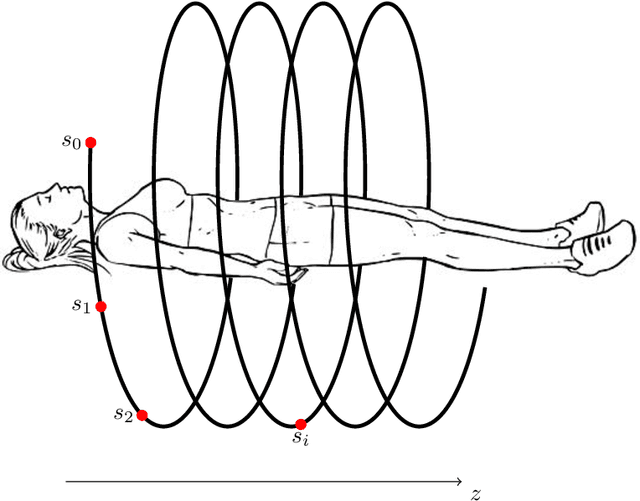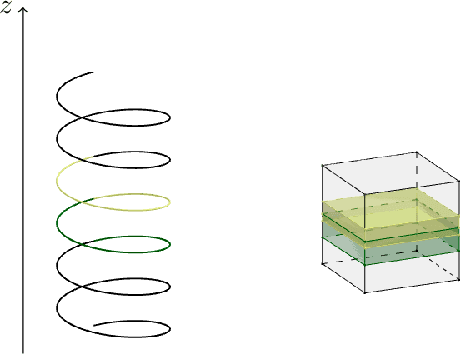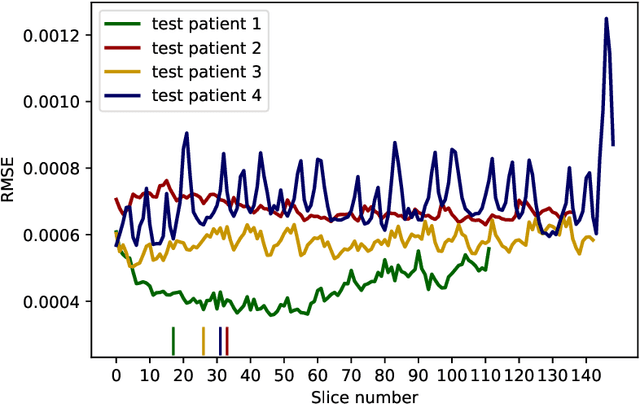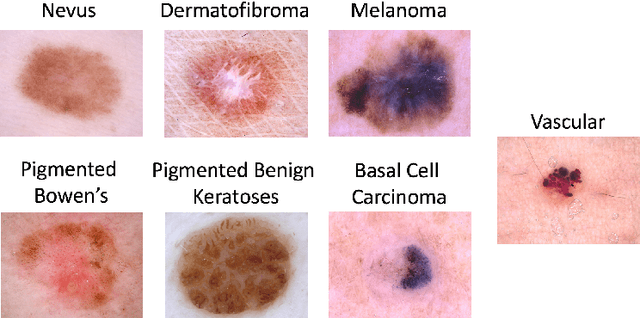Buda Bajić
Neural Network Modeling for Forecasting Tourism Demand in Stopića Cave: A Serbian Cave Tourism Study
Apr 07, 2024Abstract:For modeling the number of visits in Stopi\'{c}a cave (Serbia) we consider the classical Auto-regressive Integrated Moving Average (ARIMA) model, Machine Learning (ML) method Support Vector Regression (SVR), and hybrid NeuralPropeth method which combines classical and ML concepts. The most accurate predictions were obtained with NeuralPropeth which includes the seasonal component and growing trend of time-series. In addition, non-linearity is modeled by shallow Neural Network (NN), and Google Trend is incorporated as an exogenous variable. Modeling tourist demand represents great importance for management structures and decision-makers due to its applicability in establishing sustainable tourism utilization strategies in environmentally vulnerable destinations such as caves. The data provided insights into the tourist demand in Stopi\'{c}a cave and preliminary data for addressing the issues of carrying capacity within the most visited cave in Serbia.
Reconstruction for Sparse View Tomography of Long Objects Applied to Imaging in the Wood Industry
Mar 05, 2024Abstract:In the wood industry, logs are commonly quality screened by discrete X-ray scans on a moving conveyor belt from a few source positions. Typically, two-dimensional (2D) slice-wise measurements are obtained by a sequential scanning geometry. Each 2D slice alone does not carry sufficient information for a three-dimensional tomographic reconstruction in which biological features of interest in the log are well preserved. In the present work, we propose a learned iterative reconstruction method based on the Learned Primal-Dual neural network, suited for sequential scanning geometries. Our method accumulates information between neighbouring slices, instead of only accounting for single slices during reconstruction. Our quantitative and qualitative evaluations with as few as five source positions show that our method yields reconstructions of logs that are sufficiently accurate to identify biological features like knots (branches), heartwood and sapwood.
3D helical CT reconstruction with memory efficient invertible Learned Primal-Dual method
May 24, 2022



Abstract:Helical acquisition geometry is the most common geometry used in computed tomography (CT) scanners for medical imaging. We adapt the invertible Learned Primal-Dual (iLPD) deep neural network architecture so that it can be applied to helical 3D CT reconstruction. We achieve this by splitting the geometry and the data in parts that fit the memory and by splitting images into corresponding sub-volumes. The architecture can be applied to images different in size along the rotation axis. We perform the experiments on tomographic data simulated from realistic helical geometries.
Ensemble of Convolutional Neural Networks for Dermoscopic Images Classification
Aug 15, 2018


Abstract:In this report, we are presenting our automated prediction system for disease classification within dermoscopic images. The proposed solution is based on deep learning, where we employed transfer learning strategy on VGG16 and GoogLeNet architectures. The key feature of our solution is preprocessing based primarily on image augmentation and colour normalization. The solution was evaluated on Task 3: Lesion Diagnosis of the ISIC 2018: Skin Lesion Analysis Towards Melanoma Detection.
 Add to Chrome
Add to Chrome Add to Firefox
Add to Firefox Add to Edge
Add to Edge